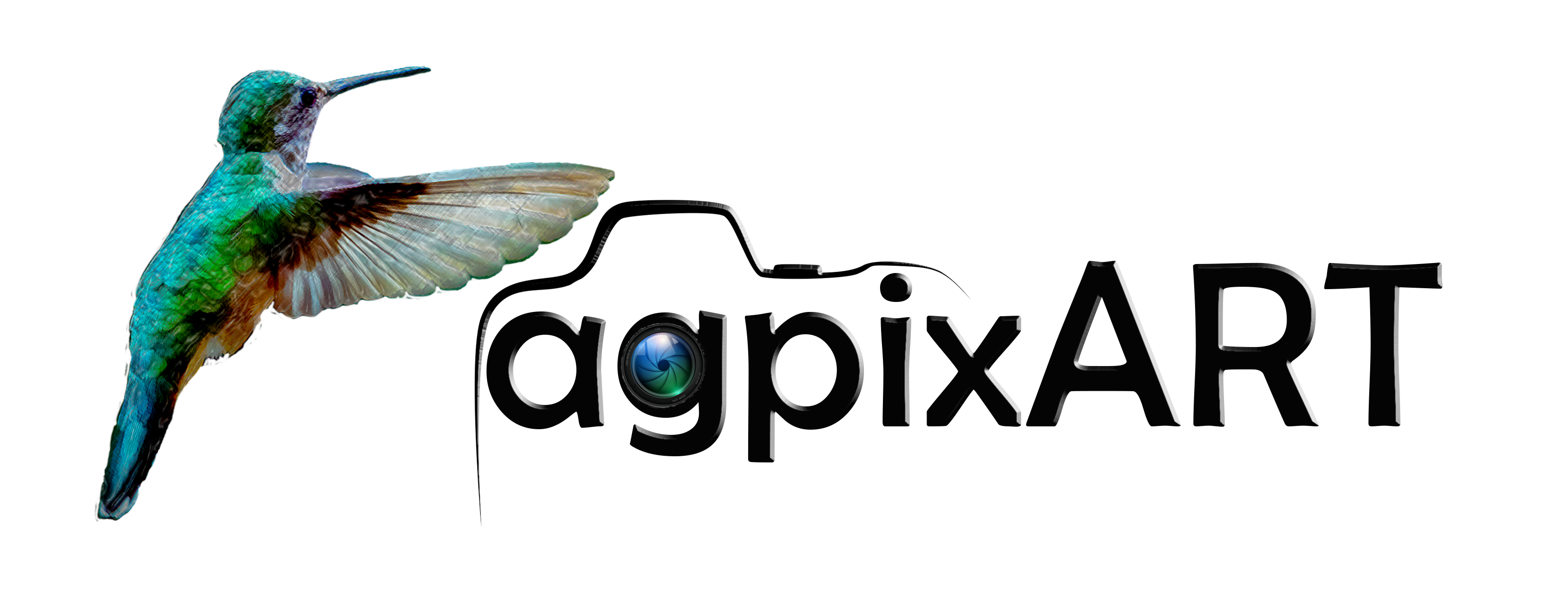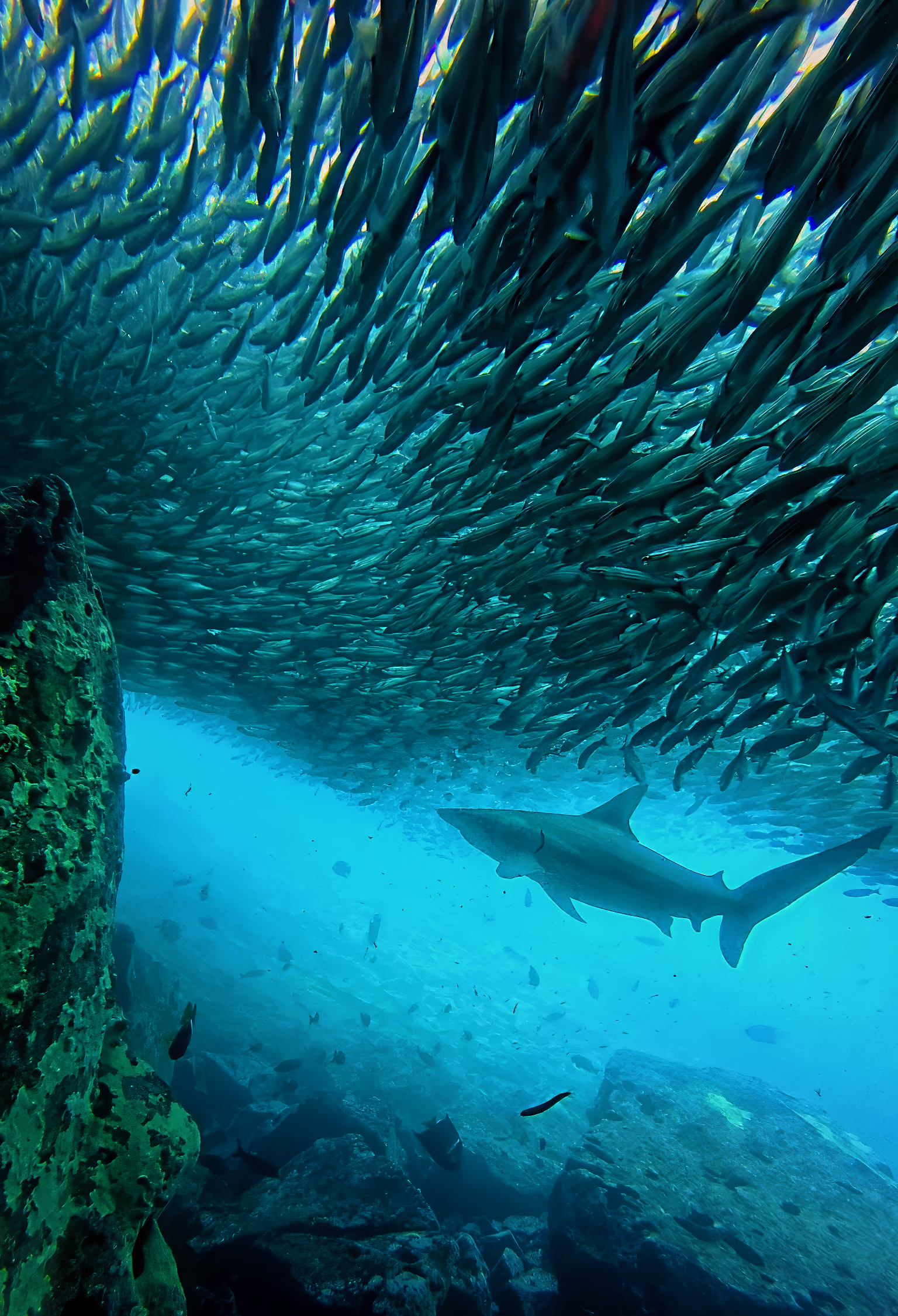Diving in Galápagos
The Galápagos Islands, a UNESCO World Heritage Site and one of the world’s premier scuba diving destinations, offer an unparalleled opportunity to explore one-of-a-kind biodiverse marine ecosystem.
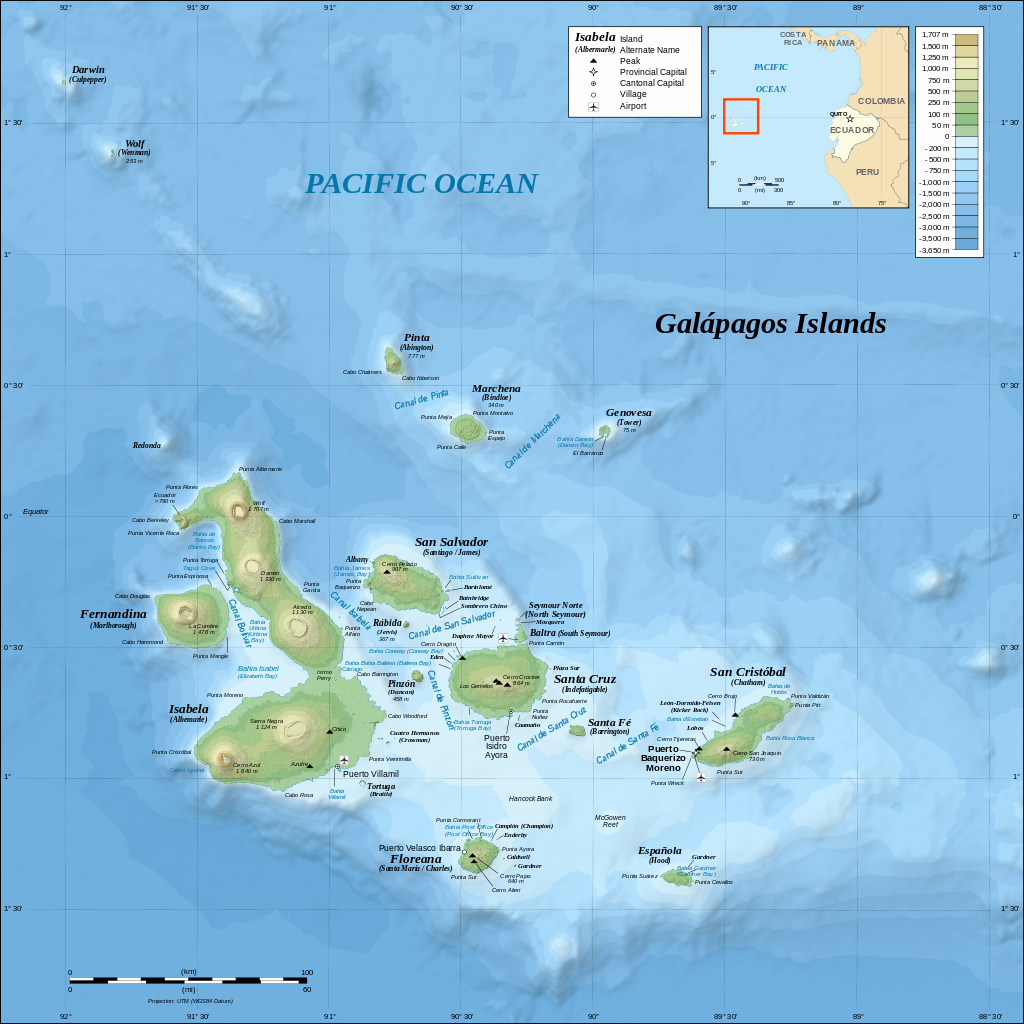
Explore Diving in the Galápagos
Exceptional Experience
The Galápagos Marine Reserve is renowned for its extraordinary marine biodiversity, with around 20% of species endemic to the region. The Galápagos Islands are near the top of most divers’ bucket lists for good reason. The Cromwell Current from the west and the Humbolt Current from the south transport cold nutrient rich waters that hit the raised Galápagos Platform and are diverted up into the equatorial photic zone. This unique configuration produces a diverse ecosystem with over 3000 different marine species. Some of these species like the marine iguana, flightless cormorant, Galápagos penguins and Galápagos fur seals cannot be found anywhere else in the world. Perhaps due to the protected 133,000 square kilometers (51,352 square miles) of the Galápagos Marine Reserve (GMR), other popular species like Scalloped Hammerhead Sharks and Galápagos sea lions are more numerous and approachable than anywhere else.
Good To Know…
Considerations for Diving in Galápagos
Diving Conditions
Diving in the Galápagos is not as easy as in the warm, clear, and calmer waters of the Caribbean or French Polynesia.
Water temperatures range from 66 to 73 deg F (19-23 deg C) in July through September and 75 to 79 deg F (24-26 deg C) in October through December.
Divers typically wear full 5-7 mm neoprene wetsuits and hoods, requiring more weight and even snorkelers are most comfortable with 3mm neoprene or Sharkskin-type suits.
Currents can be quite strong and tricky, both horizontal and vertical.
Types of Diving Experiences
Because of the highly controlled access in the park, small ship cruises around the main islands like the recommended ones offered by Ecoventura provide numerous fantastic snorkeling opportunities but no diving. If you are taking such a cruise and want to dive, plan to stay a few days before on San Cristobal and/or a few days after on Santa Cruz. There are great dive sites like Gordon Rocks and Kicker Rock serviced by numerous dive shops with Galapagos Blue Evolution on San Cristobal being an excellent choice. For the most intense diving experience, consider a week-long liveaboard cruise to Dawin and Wolf Islands in the far northwest of the GMR.
Diving with Galapagos Blue Evolution
Galapagos Blue Evolution Dive Center on San Cristóbal Island in Puerto Baquerizo Moreno is an excellent choice for land-based diving. They provide PADI dive courses, daily dive tours, and snorkeling trips for non-divers, with opportunities to see sea turtles, sea lions, and sharks at sites like Kicker Rock. Full-body wetsuits are provided for comfort, especially in cooler months (July/August). Key offerings inlude two-dive trips to sites like Kicker Rock (León Dormido), known for hammerheads and Galapagos sharks, and Karahua, a wreck dive with nudibranchs and seahorses. Tours include full equipment (wetsuit, BCD, regulator, fins, mask, etc.), photos, videos, snacks, and lunch.
Key Dive Sites
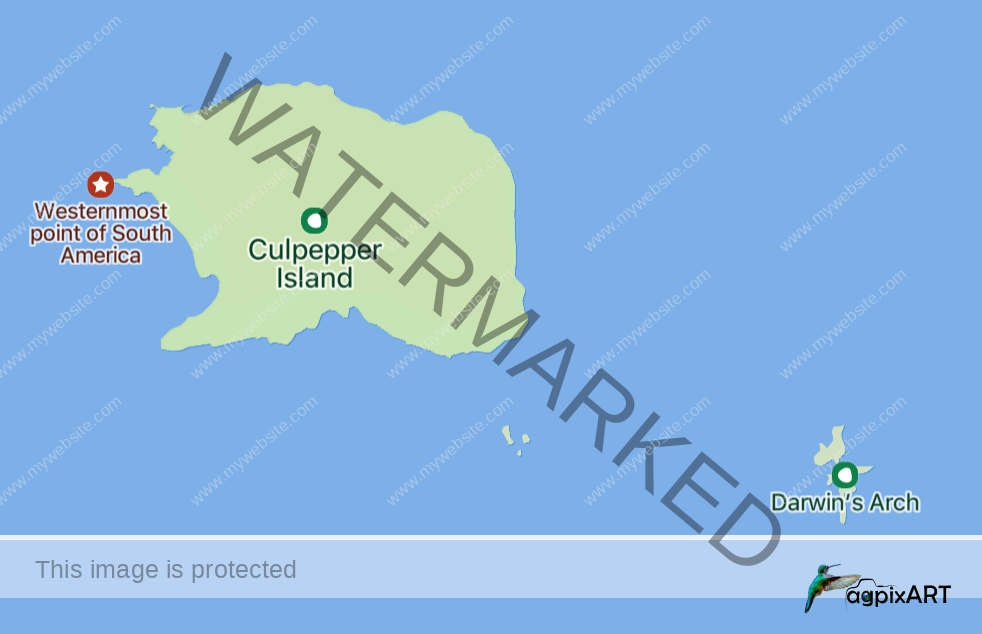
Darwin’s Arch
Perched at the remote northern edge of the Galápagos archipelago, Darwin Island is a crown jewel for liveaboard dive expeditions. Its iconic Darwin’s Arch is a must-visit, drawing divers to its vibrant waters teeming with sea turtles, dolphins, eagle rays, and, from June to November, majestic whale sharks. The true spectacle, however, lies in the swirling currents that attract vast schools of sharks, creating an unforgettable underwater theater.
Kicker Rock (León Dormido), San Cristobal
A volcanic formation and the second most famous dive site after Darwin and Wolf with depths of 30 to 130 feet. It is a massive volcanic lava tuff cone rising 500 feet (152 meters) above the ocean, split into two towering rocks with a narrow channel between them. Its dramatic shape resembles a shoe, hence the name Kicker Rock or a sleeping lion or Leon Dormido in Spanish. Expect hammerhead sharks, sea turtles, eagle rays, and sea lions. Suitable for intermediate divers, though strong currents may challenge beginners. Snorkeling is also available here.
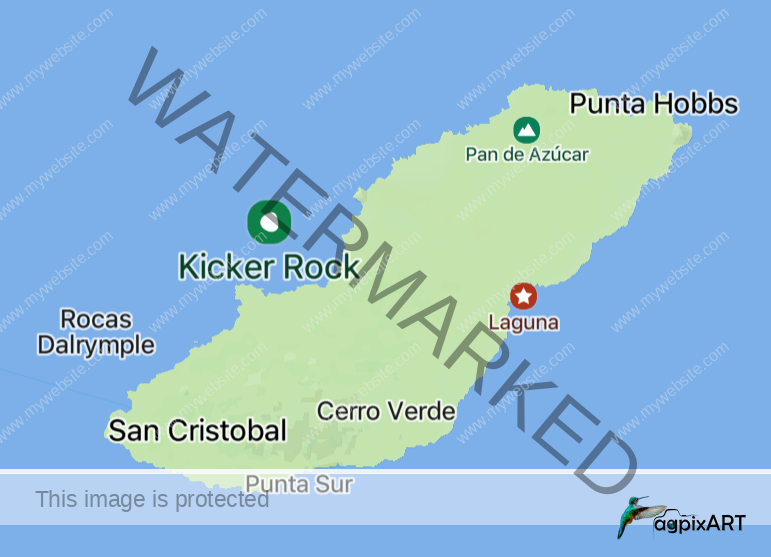
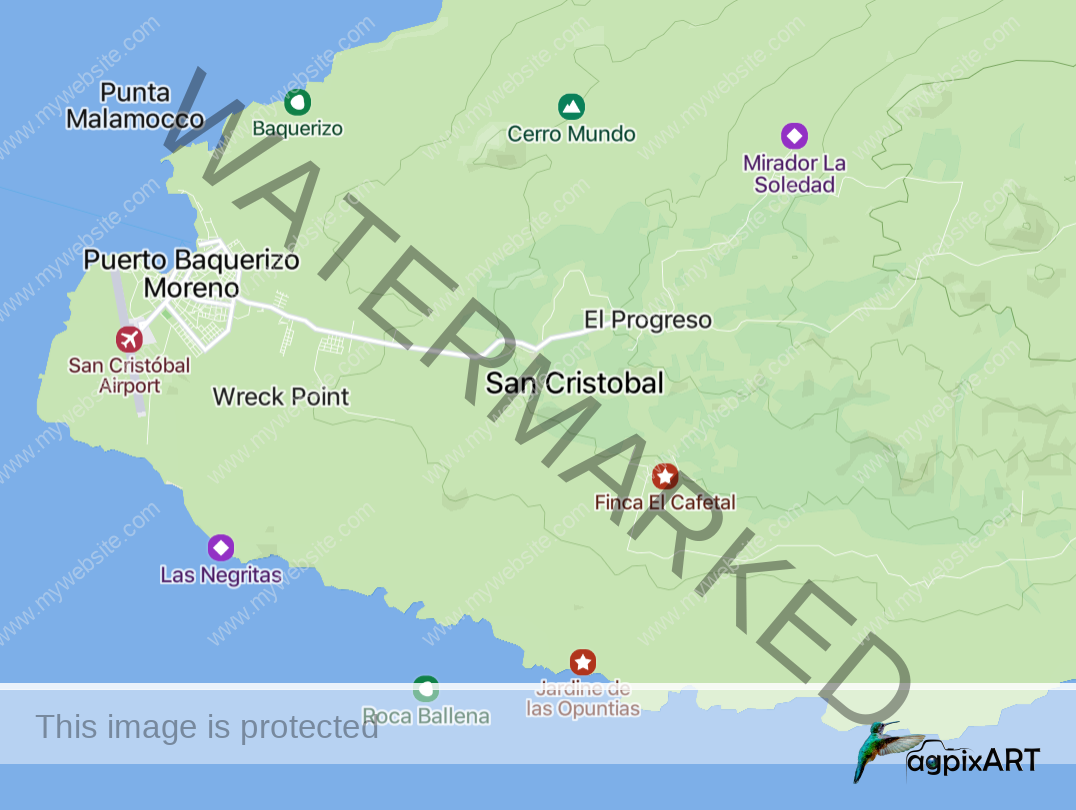
Roca Ballena, San Cristóbal
A dive site located off the western coast of San Cristóbal Island in the Galápagos Archipelago approximately a 25-minute boat ride from Puerto Baquerizo Moreno. This underwater haven boasts coral patches and dramatic rocky slopes, with depths ranging from 10 to 25 meters (33 to 82 feet). Divers encounter moderate currents and visibility of 10 to 20 meters (33 to 66 feet), making it ideal for intermediate divers.
Gordon Rocks (Rocas Gordon), Santa Cruz
One of the best dive sites in the central islands, Gordon Rocks, is the extinct volcanic crater of a submerged cone on the northeast side of Santa Cruz Island famous for schools of hammerhead sharks, rays, and sea turtles. With depths of 10–30 meters (33–100 feet), moderate to strong currents, and visibility of 8–20 meters (26–66 feet), it’s ideal for advanced divers (minimum 25–30 logged dives) due to its challenging conditions.
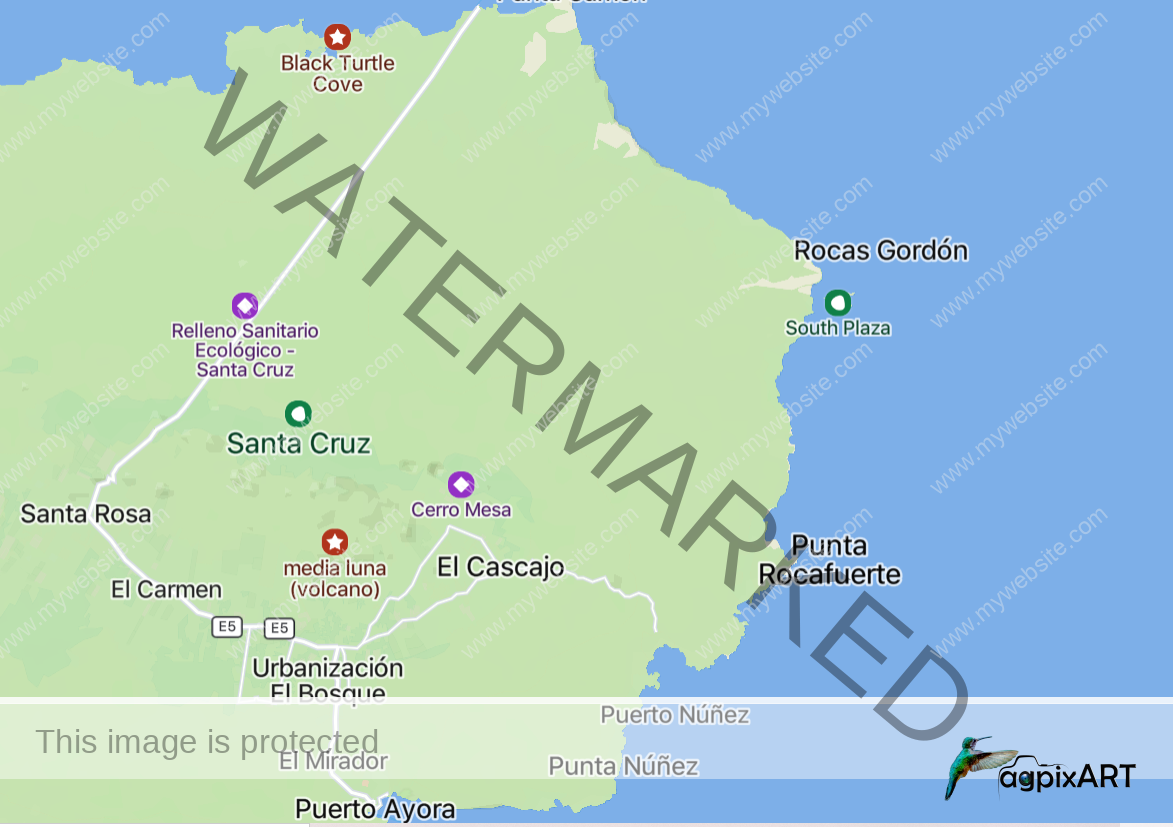
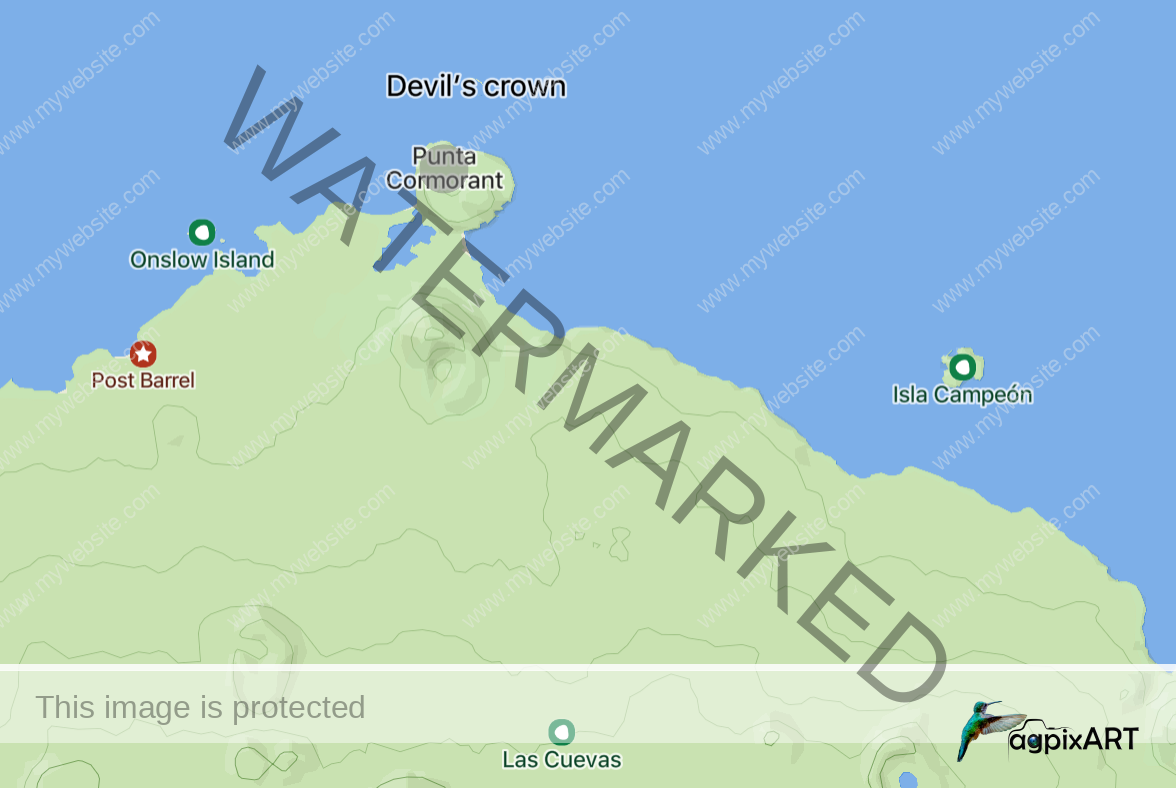
Punta Cormorant & Davil’s Crown, Floreana
Punta Cormorant is situated of Floreana Island, the southernmost inhabited island in the Galápagos, approximately 2 hours by boat from Puerto Ayora, Santa Cruz Island, or about 1.5–2 hours from Puerto Baquerizo Moreno, San Cristóbal Island. The dive site is near the iconic Devil’s Crown, a submerged volcanic crater just north of Punta Cormorant, renowned for its rich marine biodiversity. Both diving sites offer a diverse diving with unique species and manageable conditions, ideal for most skill levels. This dive site features a sandy and rocky bottom with a reef that starts at 8–10 meters (26–33 feet) and descends to about 20 meters (66 feet). The site is influenced by the Humboldt Current, making waters slightly colder but richer in marine life compared to central Galápagos sites.
Instructions for photo proofing and comments:
Left-click on the photo to access options for title information (i), leave comment, or mark the photo(s) as the favorite. The option to submit the selected as favorite photos is under “Submit proofs” button under photo gallery.
